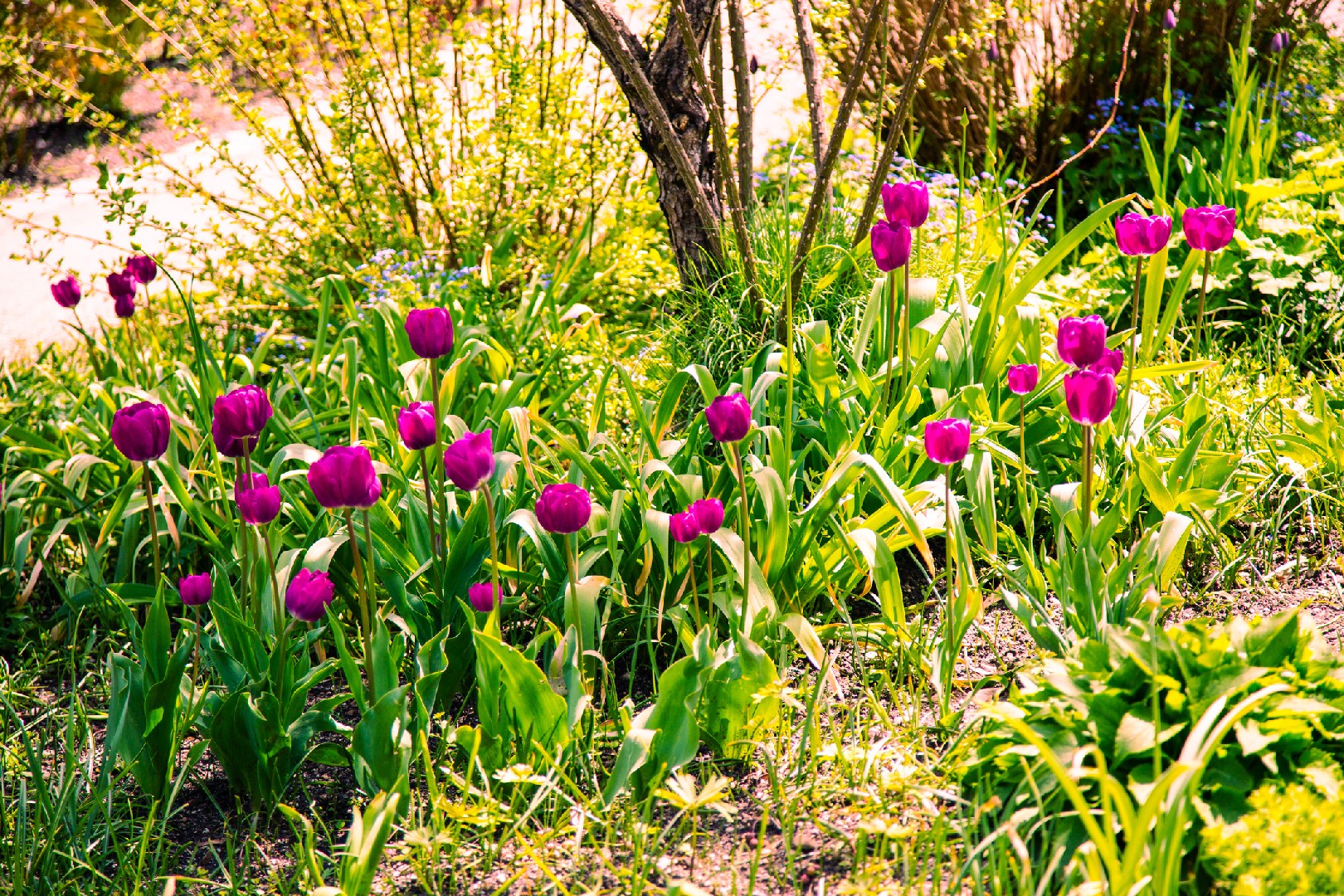![Rectangle]()
Sowing Bountiful Blossoms: Seeds and Early Spring Planting
Spring is a time of rebirth and renewal, and there's no better way to embrace this spirit than by sowing seeds and planting early spring flowers in your garden. Understanding the right timing for seed starting is key to ensuring successful growth and abundant blossoms.
One important factor to consider is the average frost date in your region. Before sowing seeds outdoors, it's crucial to know when the last frost usually occurs. This will help you determine the ideal time to start your seeds indoors, where they will be protected from the cold weather.
To begin, gather your seeds and containers for starting them indoors. You can use seedling trays, pots, or even repurposed containers such as egg cartons or yogurt cups. Make sure the containers have drainage holes to prevent waterlogging.
Fill the containers with a good quality seed-starting mix. This type of soil provides a suitable environment for germination and ensures adequate moisture retention. Moisten the soil before sowing the seeds to help them establish contact with moisture and kickstart the germination process.
When sowing the seeds, follow the instructions on the seed packet. Different plants have different requirements, such as depth and spacing. It's essential to provide each seed with the appropriate conditions for optimal growth. Avoid overcrowding the containers, as this can lead to competition for resources and hinder seedling development.
Once the seeds are sown, cover them lightly with a thin layer of soil or vermiculite. This layer helps maintain moisture and protects the seeds from drying out. Place the containers in a warm and well-lit area, such as a sunny windowsill or under grow lights. Monitor the soil moisture regularly and water when needed, using a spray bottle or a gentle watering can to avoid displacing the seeds.
As the seedlings emerge, continue providing them with adequate light and moisture. Rotate the containers regularly to ensure even light exposure, preventing the seedlings from leaning towards one side. When the danger of frost has passed, gradually acclimate the seedlings to outdoor conditions by exposing them to increasing amounts of sunlight and wind. This process, known as hardening off, prepares the young plants for life in the garden.
In addition to starting seeds indoors, curate a list of season-appropriate plants that can be directly planted in your garden during early spring. Examples include pansies, violas, snapdragons, and sweet peas. These cool-season flowers not only add vibrant colors to your garden but also withstand cooler temperatures.
When planting these pre-grown seedlings or directly sowing seeds outdoors, prepare the soil by removing weeds, loosening it with a garden fork, and incorporating compost or organic matter for added nutrients. Follow the spacing recommendations provided on the seed packet or plant label, giving each plant enough room to grow and thrive.
Remember to provide proper care to your newly planted seedlings. Water them regularly, especially during dry spells, and mulch around the base of the plants to conserve moisture and suppress weeds.
By understanding the right timing for seed starting, curating a list of season-appropriate plants, and following proper planting and care practices, you can sow bountiful blossoms in your spring garden. Embrace the transformative power of gardening and watch your garden come alive with vibrant colors and fragrant blooms, inspiring both you and those who visit your garden."





